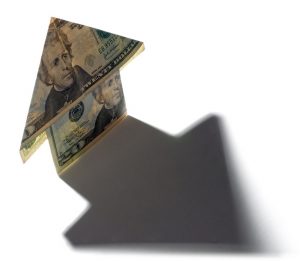The most common way to heat and cool a home is through a central forced-air system, where blowers send conditioned air through a ventilation system to distribute it throughout the rooms. Air conditioners and furnaces are both types of forced-air systems.
How do heat pumps differ from these systems? First of all, heat pumps are also forced-air systems. In fact, much of their operation is identical to that of air conditioners. They attach to ductwork and an indoor blower fan distributes the air through the ventilation shafts, the same way that other forced-air systems work.
But heat pumps have some important differences from furnaces and air conditioners, as we’ll look at. If you are considering installing a heat pump in Laguna Hills, CA for your home, you can find answers to all your questions at Saddleback Plumbing. Call us today and talk to one of our knowledgeable staff members.
The heat pump difference
The standard set-up for a home that uses an air conditioner and a furnace (either gas or electric) is to package the air conditioner above the furnace, which is above the blower fan. The blower works for both AC and furnace, sending air through the furnaces heat exchanger and through the air conditioner’s evaporator coil and into the ventilation system.
A heat pump, however, works on its own: it is both a heating system and cooling system. The indoor unit has a refrigerant coil and blower fans, and the outdoor unit contains the compressor, fan, and refrigerant coil. The heat pump works in the same fashion as the air conditioner: the compressor circulates refrigerant through the indoor and outdoor units, absorbing heat using the indoor coil and releasing it from the outdoor coil. The major difference is that, through a component called the reversing valve, the heat pump can change the direction the refrigerant flows. This means the heat pump removes heat using the outdoor coil and releases heat from the indoor coil. With only a single change on the thermostat, the heat pump switches from an air conditioner to a heater.
However, in either mode, a heat pump still uses forced-air to distribute comfort.
Choosing a heat pump
A heat pump makes an ideal choice for year-round comfort in the Southern California climate. It can deliver air conditioning the equal of a standalone system, and will not struggle with the excessively low temperatures that can cut into efficiency in heating mode. A heat pump also uses less power in heating mode than a furnace does: you will not only save money by not needing to install a furnace, you’ll also pay less to heat your home.
Saddleback Plumbing can install, repair, and maintain your heat pump in Laguna Hills, CA. Our more than 30 years of experience should make us one of your top choices for home comfort.
Continue Reading
Tags: Heat Pump, Laguna Hills
Posted in Heat Pumps | Comments Off on How Heat Pumps Are Different from Forced Air Systems
 Fall is the usual time for homeowners to make changes in their central heating systems. Even in sunny Orange County, where the only snow we see is on the distant peaks, a central heating system is necessary for homes that often get drafty on the winter nights. Sometimes the upgrade for a heater is to buy a new one.
Fall is the usual time for homeowners to make changes in their central heating systems. Even in sunny Orange County, where the only snow we see is on the distant peaks, a central heating system is necessary for homes that often get drafty on the winter nights. Sometimes the upgrade for a heater is to buy a new one.